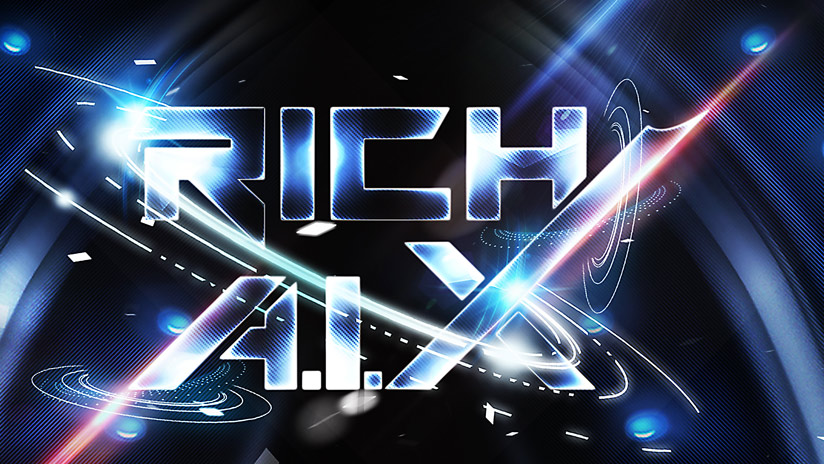MNIST data generation by Generative-Adversarial-Networks(GAN)
GANs are a hot topic of research today in the field of deep learning. Popularity has soared with this architecture style, with its ability to produce generative models that are typically hard to learn. There are a number of advantages to using this architecture: it generalizes with limited data, conceives new scenes from small datasets, and makes simulated data look more realistic.
Github(full code) : https://github.com/HelloJahid/Generative-Adversarial-Networks
Visit my GitHub for more updates. This repo will cover Vinalia GAN, DCGAN, cGAN, Pix2Pix, CycleGAN, SRGAN, and others. so fork it and click the star button.
The GAN composes of three different names such as Generative, Adversarial and Network. Generative means we will generate some probability distribution which becomes close to the original data that we want to approximate. Adversarial means conflict or opposition. So, there will be two networks that we call them discriminator and generator. So, these two neutral networks fight against each other in order to learn the probability distribution function
+ GAN applications into the following areas:
Generate Examples for Image Datasets
Semantic-Image-to-Photo Translation
Generate Photographs of Human Faces
Generate Realistic Photographs
Face Frontal View Generation
#GAN
#MLTT
#MNISTGAN
GANs are a hot topic of research today in the field of deep learning. Popularity has soared with this architecture style, with its ability to produce generative models that are typically hard to learn. There are a number of advantages to using this architecture: it generalizes with limited data, conceives new scenes from small datasets, and makes simulated data look more realistic.
Github(full code) : https://github.com/HelloJahid/Generative-Adversarial-Networks
Visit my GitHub for more updates. This repo will cover Vinalia GAN, DCGAN, cGAN, Pix2Pix, CycleGAN, SRGAN, and others. so fork it and click the star button.
The GAN composes of three different names such as Generative, Adversarial and Network. Generative means we will generate some probability distribution which becomes close to the original data that we want to approximate. Adversarial means conflict or opposition. So, there will be two networks that we call them discriminator and generator. So, these two neutral networks fight against each other in order to learn the probability distribution function
+ GAN applications into the following areas:
Generate Examples for Image Datasets
Semantic-Image-to-Photo Translation
Generate Photographs of Human Faces
Generate Realistic Photographs
Face Frontal View Generation
#GAN
#MLTT
#MNISTGAN











